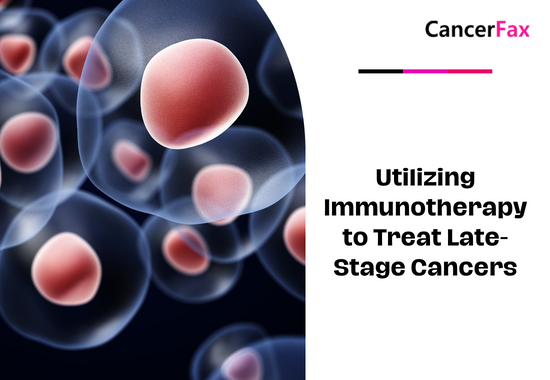Rusotinib tablets (ruxolitinib / Jakafi) for the treatment of bone marrow fibrosis with moderate or high risk, including primary bone marrow fibrosis, myelofibrosis after polycythemia vera, and myelofibrosis after idiopathic thrombocytosis patient. Patients with moderate or high-risk bone marrow fibrosis refer to patients over 65 years of age or have one of the following conditions: anemia, physical symptoms, decreased white blood cell count, decreased embryonic cell count, or decreased platelet count. 80% to 90% of cases.
Rusotinib tablets (ruxolitinib / Jakafi) are currently marketed in the United States, Europe and other places, but are still not marketed in mainland China. Rusolitinib is the first Janus associated kinase (JAK) inhibitor approved in the world so far, and the first specific myelofibrosis treatment drug approved by the FDA and the world. Rusotinib is available in 5 doses of 5, 10, 15, 20, and 25 mg / tablet, and is administered as an oral regimen twice a day. Bone marrow fibrosis is a progressive and potentially life-threatening rare blood system disease, which is a myeloproliferative tumor and is estimated to affect 1.60-18.5 million people in the United States. Bone marrow fibrosis patients are gradually replaced by scar tissue, so that blood cell production has to be carried out in organs such as liver and spleen. Anemia, leukopenia, and thrombocytopenia occur. Patients with bone marrow fibrosis are characterized by bone marrow failure and splenomegaly, as well as fatigue, musculoskeletal pain, abdominal discomfort, severe itching, night sweating, and satiety, which seriously impair the quality of life. Splenomegaly and systemic symptoms in patients with myelofibrosis are associated with JAK pathway signaling dysfunction. Rusotinib is an oral JAK1 and JAK2 inhibitor, and JAK1 and JAK2 are involved in the regulation of blood and immune function.
FDA The decision to approve the above lusotinib was mainly based on data from two phase III randomized, double-blind, and controlled clinical trials with two codenames, COMFORT-I and COMPORT-Ⅱ. The COMFORT-I study included a total of 309 patients with uncomfortable or resistant allogeneic bone marrow transplantation, or relapsed primary bone marrow fibrosis, myelofibrosis after polycythemia and idiopathic thrombocythemia, and the results showed The proportion of patients who achieved the primary end point after 24 weeks of treatment with lusotinib or placebo, even if the spleen volume decreased by ≥35%, was 41.9% and O. respectively. 7% (P <0.000 1). In addition, the proportion of patients with an improvement of ≥50% in the improved Myelofibrosis Symptom Assessment Form Total Symptom Score (MFSAF TSS) in the two groups of lusotinib or placebo was 45.9% and 5.3% (P <0.001), and the median time to response was less than 4 weeks. The C0MPORT-11 study included 219 patients with uncomfortable or allogeneic bone marrow transplantation, or relapsed primary bone marrow fibrosis, myelofibrosis after polycythemia and idiopathic thrombocytosis, and the results showed that The proportion of patients with sotinib or the best therapy hydroxyurea (hydroxyurea) or glucocorticoid after 48 weeks of treatment to reduce the spleen volume ≥35% was 28.5% and 0 (P <0.001). The most common hematological side effects of lusotinib treatment observed in C0MPORT—I and COMPORT-11 were dose-related thrombocytopenia and anemia, but these two side effects are easy to manage and rarely cause patients to discontinue treatment; the most Common non-blood system side effects are diarrhea, dizziness, headache, fatigue and nausea.

